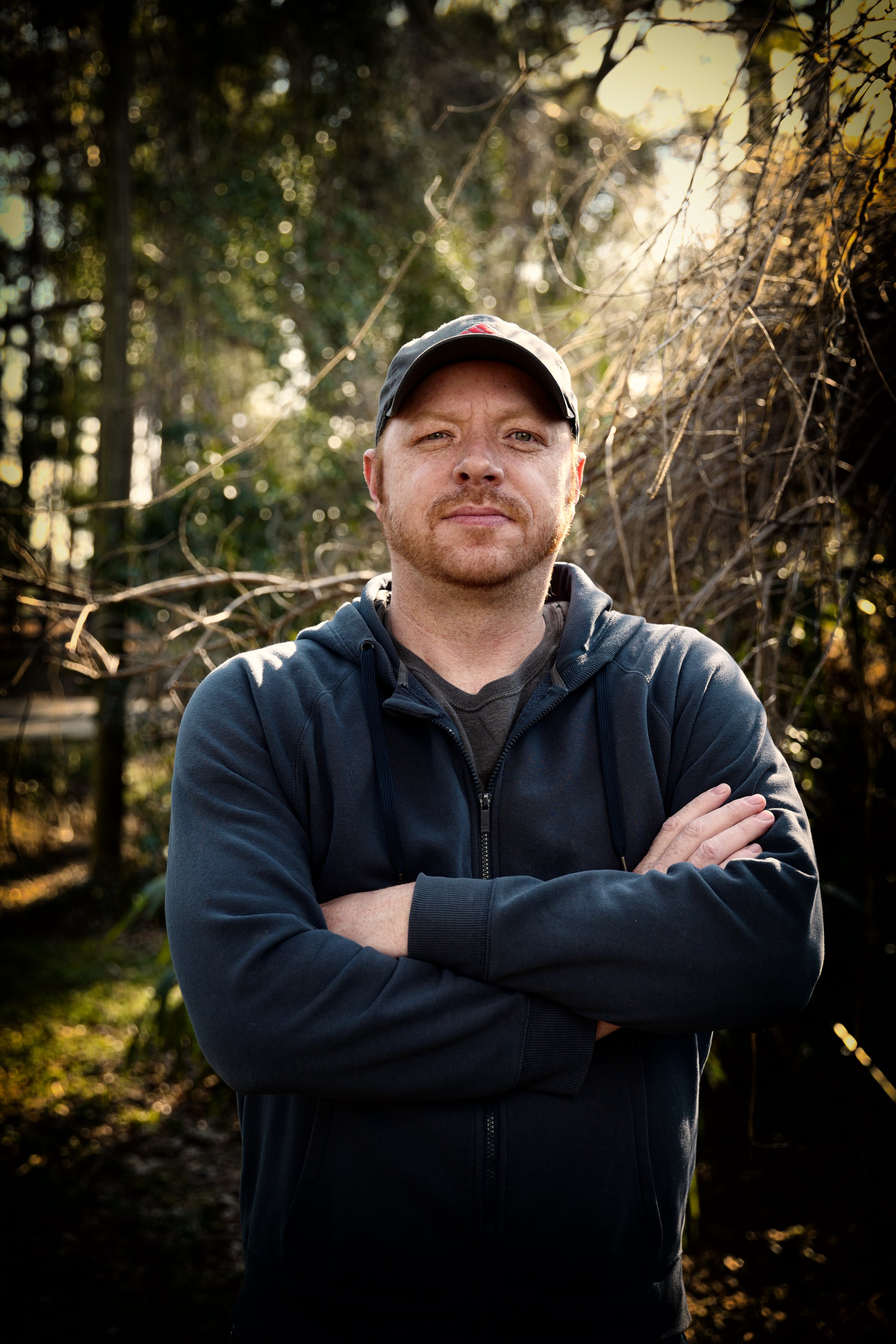The 9-Minute Rule for Uv/vis
Table of ContentsSome Known Factual Statements About Uv/vis A Biased View of Uv/visThe smart Trick of Circular Dichroism That Nobody is DiscussingOur Uv/vis IdeasThe Ultimate Guide To Circular Dichroism

Spectrophotometry is most typically used to ultraviolet, visible, and infrared radiation, modern-day spectrophotometers can interrogate broad swaths of the electromagnetic spectrum, including x-ray, ultraviolet, noticeable, infrared, and/or microwave wavelengths. Spectrophotometry is a tool that depends upon the quantitative analysis of particles depending on how much light is absorbed by colored substances.
See This Report on Uv/vis/nir
A spectrophotometer is frequently used for the measurement of transmittance or reflectance of solutions, transparent or opaque solids, such as refined glass, or gases. Although numerous biochemicals are colored, as in, they absorb visible light and therefore can be determined by colorimetric treatments, even colorless biochemicals can typically be transformed to colored compounds appropriate for chromogenic color-forming responses to yield compounds suitable for colorimetric analysis.: 65 Nevertheless, they can also be created to measure the diffusivity on any of the listed light varieties that generally cover around 2002500 nm utilizing different controls and calibrations.
An example of an experiment in which spectrophotometry is utilized is the determination of the stability constant of an option. A specific chemical reaction within a solution might take place in a forward and reverse instructions, where reactants form items and products break down into reactants. Eventually, this chain reaction will reach a point of balance called a balance point.
Our Spectrophotometers PDFs
The quantity of light that passes through the option is a sign of the concentration of certain chemicals that do not allow light to pass through. The absorption of light is because of the interaction of light with the electronic and vibrational modes of molecules. Each type of molecule has a private set of energy levels connected with the makeup of its chemical bonds and nuclei and hence will soak up light of specific wavelengths, or energies, leading to distinct spectral residential or commercial properties.
They are widely used in lots of markets including semiconductors, laser and optical manufacturing, printing and forensic assessment, as well as in laboratories for the research study of chemical compounds. Spectrophotometry is frequently used in measurements of enzyme activities, determinations of protein concentrations, decisions of enzymatic kinetic constants, and measurements of ligand binding reactions.: 65 Ultimately, a spectrophotometer is able to figure out, depending on the control or calibration, what substances are present in a target and exactly how much through estimations of observed wavelengths.
Developed by Arnold O. Beckman in 1940 [], the spectrophotometer was produced with the help of his coworkers at his company National Technical Laboratories established in 1935 which would end up being Beckman Instrument Business and eventually Beckman Coulter. This would come as a service to the previously created spectrophotometers which were unable to take in the ultraviolet properly.
The Single Strategy To Use For Spectrophotometers
It would be found that this did not offer acceptable outcomes, for that reason in Model B, there was a shift from a glass to a quartz prism which enabled better absorbance results - circular dichroism (https://pblc.me/pub/3fc0b3e264b77b). From there, Design C was born with an adjustment to the wavelength resolution which ended up having three systems of it produced
It was produced from 1941 to 1976 where the price for it in 1941 was US$723 (far-UV devices were a choice at additional cost). In the words of Nobel chemistry laureate Bruce Merrifield, it was "probably the most essential instrument ever established towards the improvement of bioscience." Once it became discontinued in 1976, Hewlett-Packard developed the very first commercially offered diode-array spectrophotometer in 1979 understood as the HP 8450A. It irradiates the sample with polychromatic light which the sample takes in depending upon its properties. It is sent back by grating the photodiode variety which identifies the wavelength region of the spectrum. Because then, the production and execution of spectrophotometry devices has actually increased tremendously and has actually become one of the most innovative instruments of our time.

Some Known Details About Spectrophotometers
The grating can either be movable or repaired.
In such systems, the grating is fixed and the strength of each wavelength of light is determined by a various detector in the variety. In addition, most contemporary helpful hints mid-infrared spectrophotometers utilize a Fourier transform method to acquire the spectral details - https://www.cybo.com/US-biz/on-line-instrument-systems-olis-inc. This method is called Fourier change infrared spectroscopy. When making transmission measurements, the spectrophotometer quantitatively compares the fraction of light that travels through a recommendation service and a test option, then electronically compares the intensities of the 2 signals and computes the percentage of transmission of the sample compared to the referral standard.
